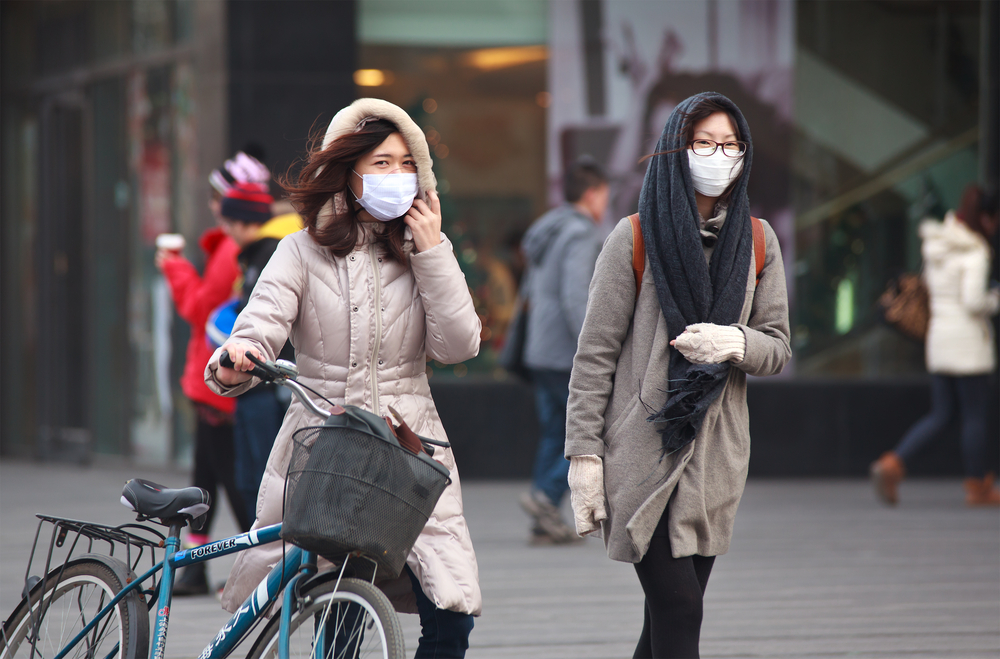Smog Strategy
China Builds Towers
The issue of air pollution in China has been worsening in recent years, with the country forced to issue a red alert warning in January 2017 regarding toxic smog. A wide array of illnesses has been associated with air pollution, including dementia, Alzheimer’s and death. Studies reveal that by 2050, around 6.6 million people will […]
